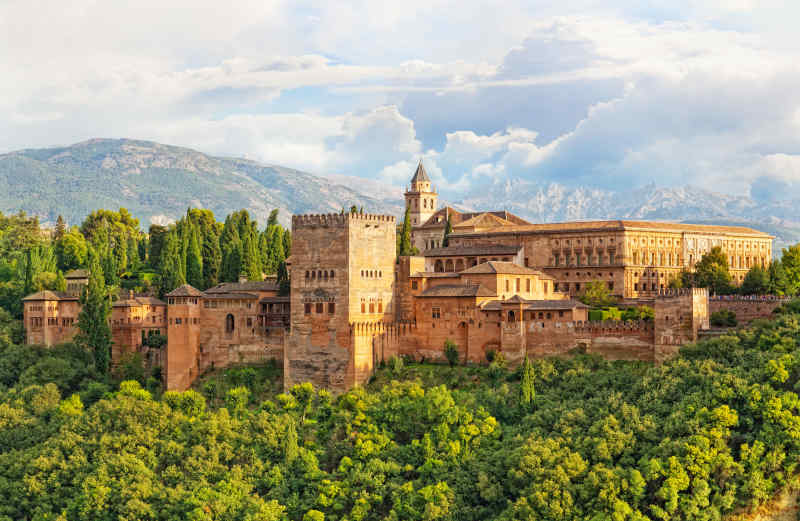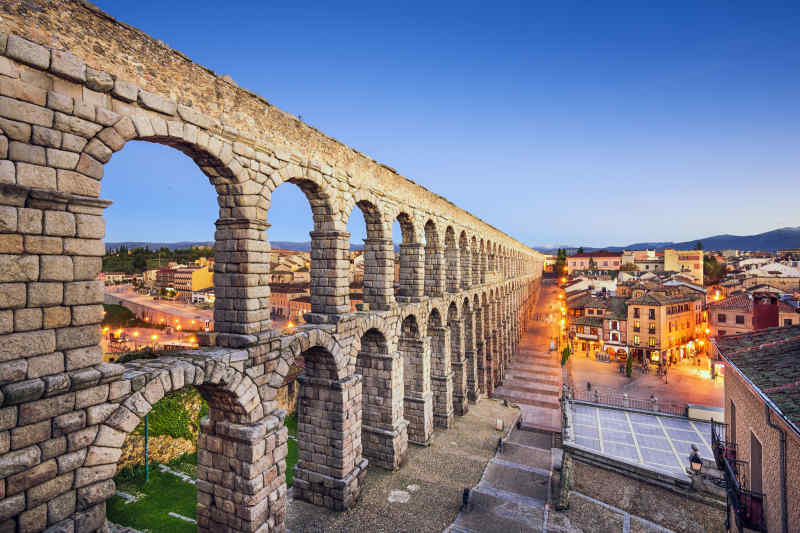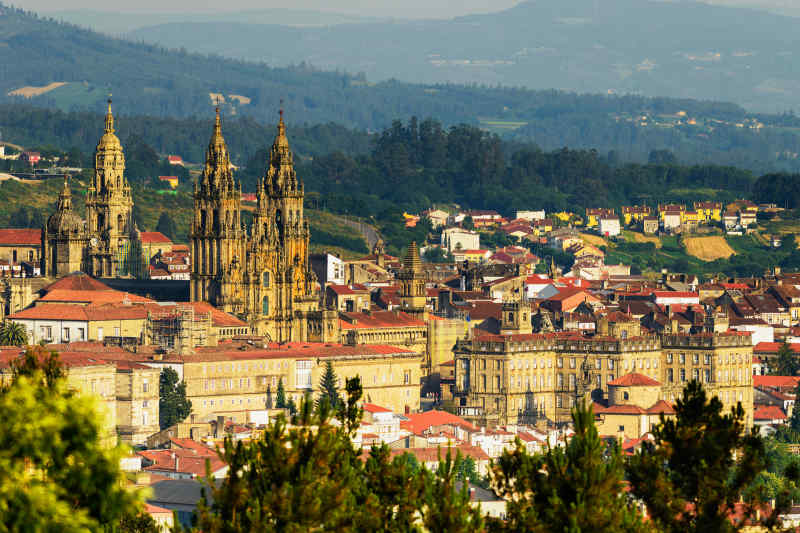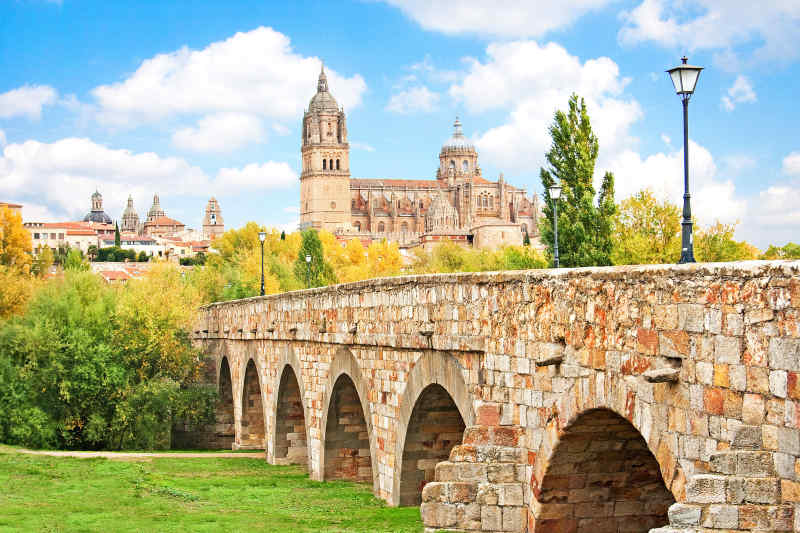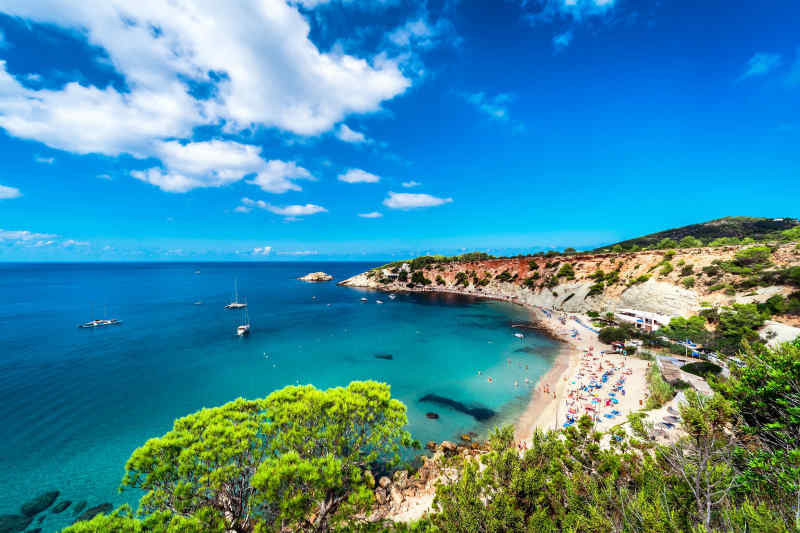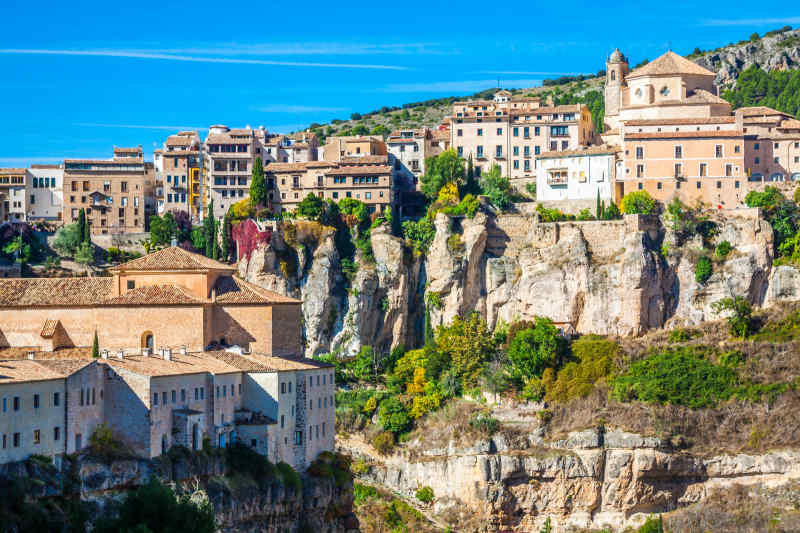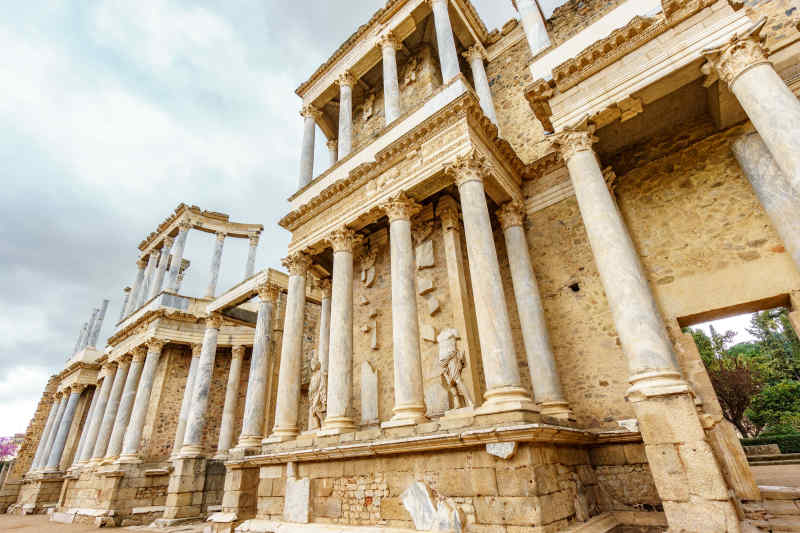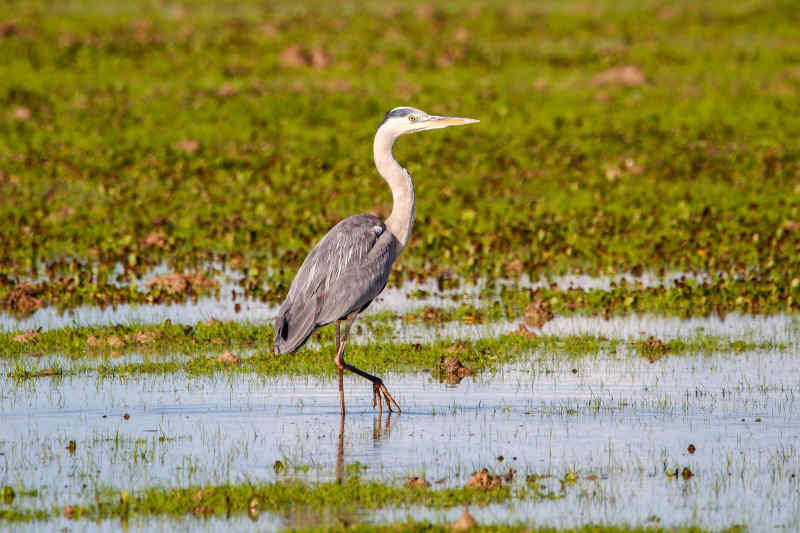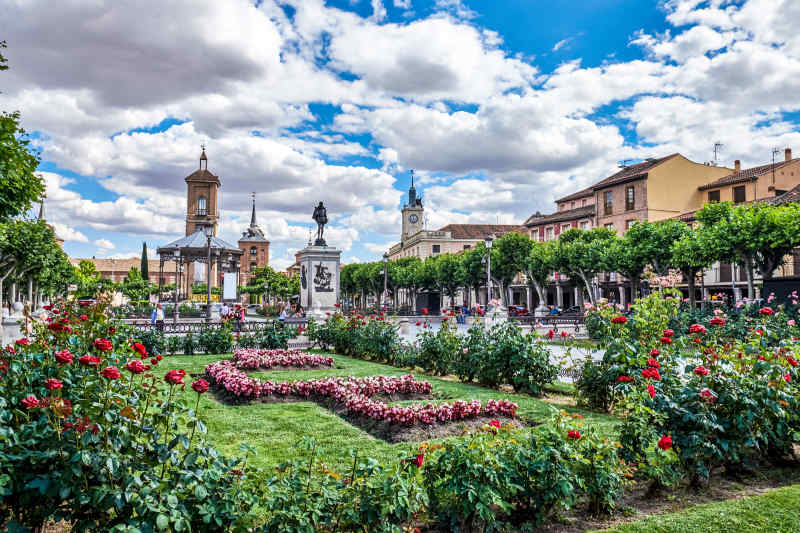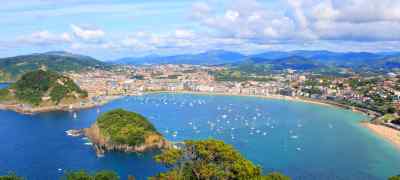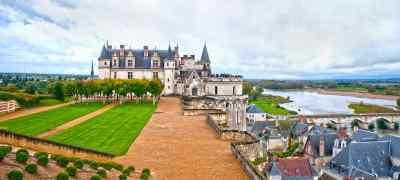By Briana Seftel
Spain boasts a whopping 46 UNESCO World Heritage sites total, placing it just behind Italy and China. Recognized for their historical significance and natural beauty, these sites represent the culture of Spain like no other.
View Spain Vactation Packages >
Alhambra
Spain’s most visited tourist site, Granada's Alhambra palace is one of the most breathtaking sights in all of Europe. Set against the Sierra Nevada mountains, the medieval complex was built in the 13th century by the Moorish monarch Nasrid. Surrounded by fortified walls, the complex is beautifully laid out with ornate palaces, churches, cloistered courtyards and fountains. Completing the UNESCO site in Granada are the magnificent gardens of the Generalife and the Moorish residential district of Albaycín.
Toledo
Dramatically situated atop a gorge overlooking the Río Tajo, Toledo is a city in central Spain known as the "City of Three Cultures." Its historic walled city, declared a UNESCO site, is how it was in the Middle Ages. Within its fortified walls are a fascinating mix of Arab, Jewish and Christian monuments and tiny streets that are perfect for wandering. Toledo was also the resident of famed painter El Greco.
Segovia
Set against the backdrop of the Sierra de Guadarrama mountains, Segovia is a historic city northwest of Madrid famous for its medieval castle, Gothic cathedral and Roman aqueduct. Its aqueduct, built by the Romans in A.D. 50, stands majestically in the center of the city with 167 perfectly intact arches. The Alcazar, a 12th century fortress built by the rulers of Castile, is said to have inspired Disney World's Cinderella Castle.
Santiago de Compostela
Located in the northwestern region of Galicia, Santiago de Compostela is a holy pilgrimage city attracting millions of people from all over the world every year. The focal point of the city is the Romanesque cathedral towering above Plaza del Obradoiro Square, which contains the remarkable Pórtico de la Gloria.
Salamanca
Nicknamed “The Golden City,” Salamanca is known for having one of Europe's oldest universities and a thriving student population still to this day. Wandering its old town, you will discover Romanesque, Gothic, Baroque and Plateresque styles of architecture. Your discoveries will no doubt begin or end at the magnificent Plaza Mayor, which becomes beautifully illuminated at night.
Ibiza
Ibiza is much more than just a party town. The Balearic island was recognized by UNESCO for its biodiversity and culture in 1999. History buffs will delight in discovering the Phoenician site at Sa Caleta, the necropolis at Puig des Molins, and the historic old town of Eivissa, Dalt Vila. Its Mediterranean coastline, quiet coves and diverse marine life make the island a favorite among nature lovers.
Cuenca
Cuenca in east-central Spain is an off-the-radar destination boasting Spain's first Gothic cathedral and "casas colgadas" (hanging houses), built dangling from cliffs over the Huécar river. Founded by the Moors, the historic walled town retains much of its original charm with narrow cobbled streets and medieval buildings.
Cordoba
Along with Seville, Cordoba is one of Andalusia's most visited cities rich in history and culture. It's best-known for La Mezquita, a mosque-cathedral that is considered one of the world's greatest works of Islamic architecture. Its candy cane-like arched pillars in the Moorish Hall and basilica with frescos make La Mezquita worth a trip to Cordoba alone.
Avila
A gem in the middle of the rolling Spanish countryside, Avila is a fortified city founded in the 11th century. Upon arrival, you'll be struct by the grandeur of its medieval city walls that are some of the best preserved in Europe. Behind the city walls you will find churches and Renaissance palaces that reflect the town's past wealth as a textile center. Avila is also famous as the birthplace of Saint Teresa de Jesus.
Merida
The capital of Spain's Extremadura region, Merida is an ancient Roman city established in 25 B.C. A small city, the main draw here are the excellent Roman ruins including a large bridge over the Guadiana river, an amphitheater and the Miraculous Aqueduct.
Doñana National Park
This vast nature reserve and wetland ecosystem in Andalusia is one of Europe’s most important conservation areas. Situated along the Guadalquivir River, visitors can explore its 209 square miles of lagoons, marshes, lakes, cliffs, woodlands and long stretches of pristine beaches. The park is also an excellent place for wildlife spotting and is home to rare species like the Iberian lynx and the Spanish imperial eagle.
Alcalá de Henares
Founded in the 16th century, Alcala de Henares is the world’s first college town. Located approximately 18 miles northeast of Madrid, the city is also known as the birthplace of Miguel de Cervantes, Spain’s most distinguished writer and author of Don Quixote.

